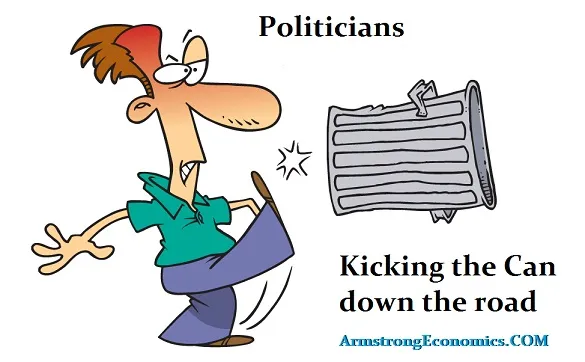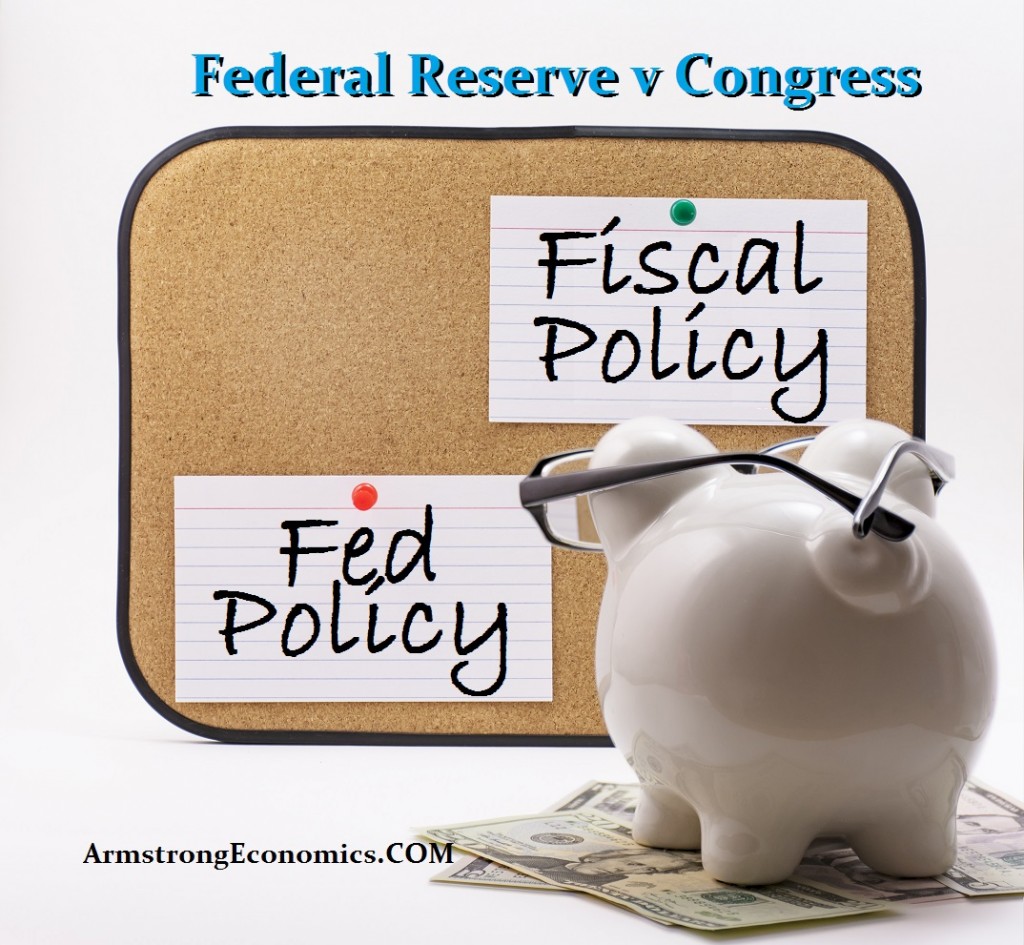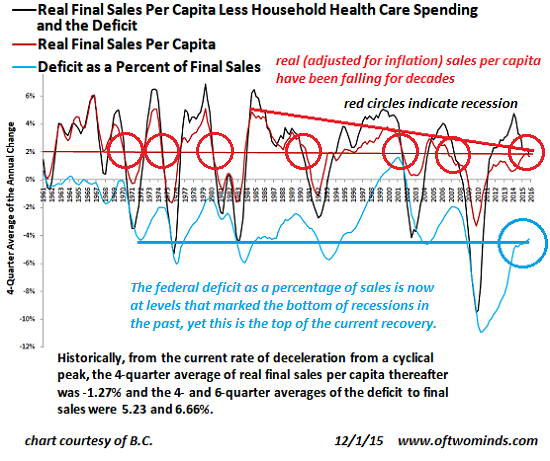Chasing the Wind
Futility with Purpose
Plebeians generally ignore the tact of their economic central planners. They care more that their meatloaf is hot and their suds are cold, than about any plans being hatched in the capital city. Nonetheless, the central planners know an angry mob, with torches and pitchforks, are only a few empty bellies away. Hence, they must always stay on point.
 Watch for those pitchfork bearers – they can get real nasty and then heads often roll quite literally. [PT]
Watch for those pitchfork bearers – they can get real nasty and then heads often roll quite literally. [PT]
One of the central aims of central planners is to achieve effective public exhortation. While they pursue futility, in practice. They must do so with focus and purpose.
For example, economic reports with impressive tables and charts, including pie graphs, are important to maintaining the requisite public perception. Central planners know that financial scientism must always be employed as early and often as possible.
Statistics, with per annum projections, particularly those that show increasing exports and decreasing imports, are critical to maintaining the proper narrative. The USA’s embarrassing deficit in the balance of international payments will certainly diminish if it is sketched accordingly in an “official” report… right?
Yet the planners always disregard the simple observation that an economy is composed of countless, and variable, inputs. How is a new discovery or technology, and its effect on investment and labor, to be anticipated and forecast? How are the actions of 7 billion individuals to be modeled and displayed on a tidy diagram?
 Good old Friedrich A. Hayek – depicted above – once coined the term “scientism” to describe the futile attempts of assorted social engineers and their academic advisors to express human action in the form of barren mathematical equations and statistics. Lettuce look at something one of his followers, the late Professor Austin L. Hughes, wrote in an article published in the autumn 2012 issue of “The New Atlantis” journal:
Good old Friedrich A. Hayek – depicted above – once coined the term “scientism” to describe the futile attempts of assorted social engineers and their academic advisors to express human action in the form of barren mathematical equations and statistics. Lettuce look at something one of his followers, the late Professor Austin L. Hughes, wrote in an article published in the autumn 2012 issue of “The New Atlantis” journal:
…click on the above link to read the rest of the article…













